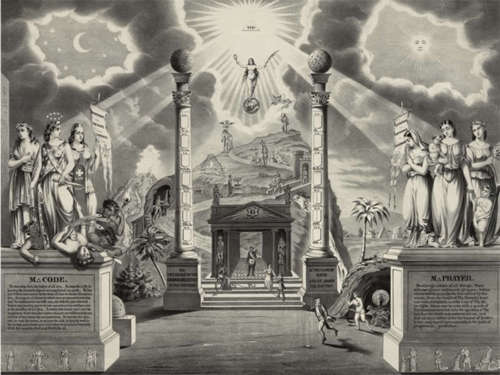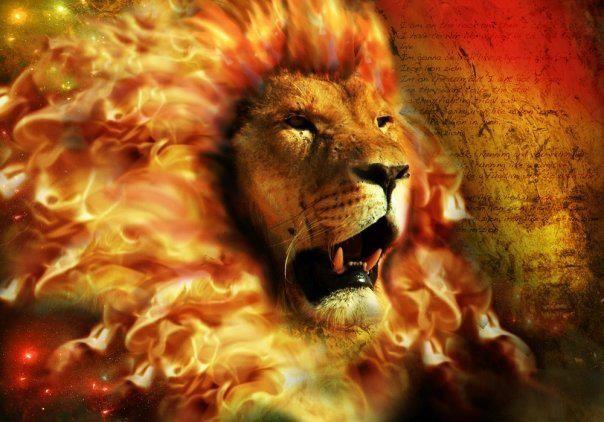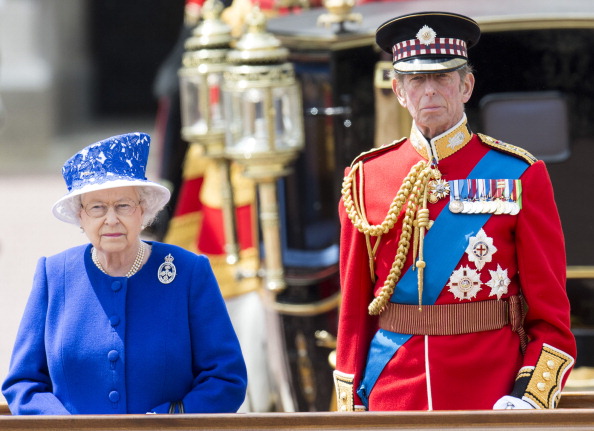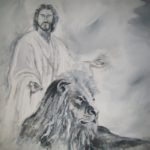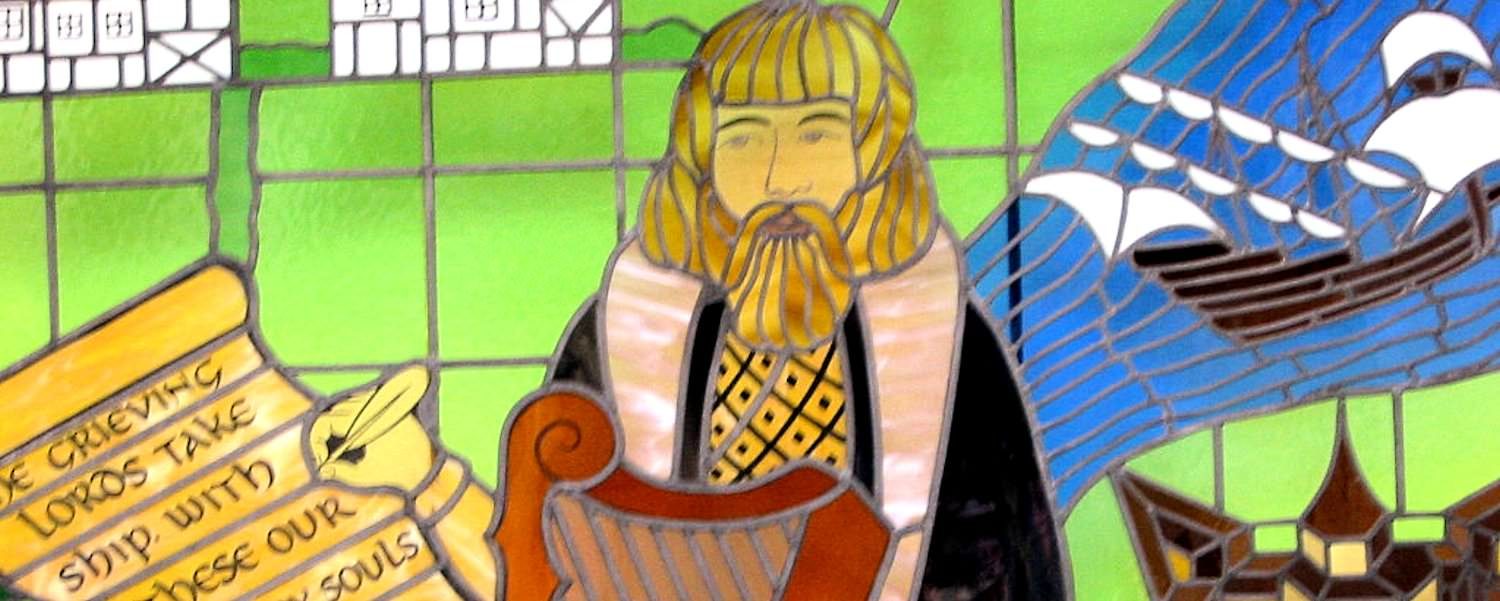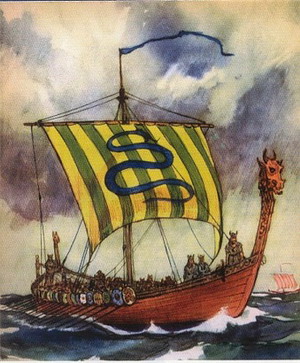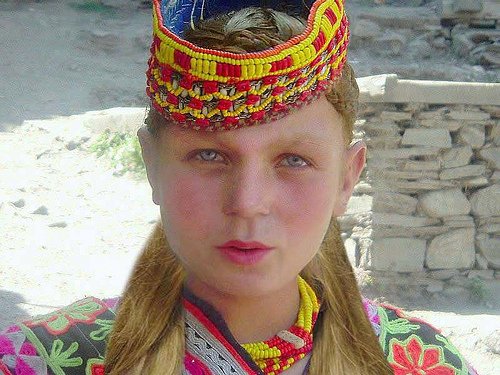“They went into the eternal kingdom into eternal life of brightest splendour; Baedan the noble the angelical Columba the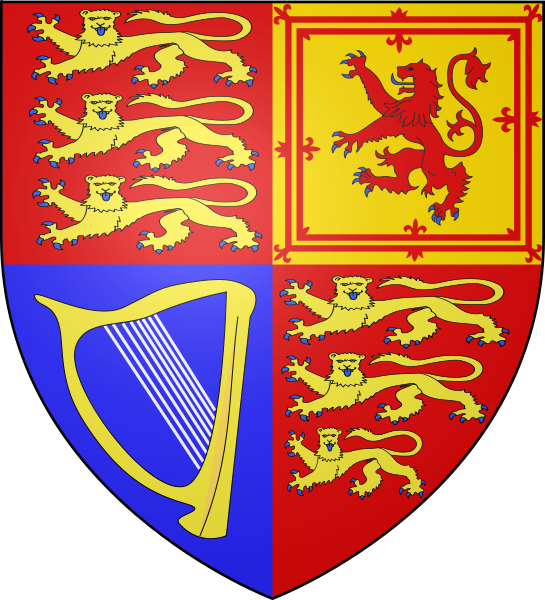 resplendent.”
resplendent.”
The research I will put forth below is based on the Tribe of Judah, known as the Bedas (Baedans) in Ireland who ruled for approximately 10 centuries. The priesthood of the Bedas in Ireland were known biblically as the High Priests of the Tribe of Levi; who some later became Kings, Celtic Druids, Culdees, Fathers, Doctors and Saints of the Catholic Church.
My last name is Bedard, and the Bedas are my ancestors. This article is part of their fascinating story in Ireland.
As I have explained in some of my previous articles before, in the Tribe of Judah was an important sect of people known as the Bedas that have been scattered all around the world. I have written how part of the Tribe of Judah ended up in England as the Jutes, and in a land now known as the Kingdom of Kent in my article “The Masonic Archons of the Tribe of Judah.” I also had written about the many different Beda tribes in articles such as the Lost Tribe of Judah Found: The Bedas, and the Lost Tribe of Judah Found: The Scattered Children of Bab-El, where I connect several different Beda tribes together; who sometimes live thousands of miles apart, but they all seem to have almost the exact same names, customs and beliefs.
 This story of the Bedas of Ireland is not much different from the other stories of the Beda, except for the fact that they had large role in the birth of countries such as Ireland, Scotland and France. The story of the Bedas of Ireland appears to form around one of the most famous Irish High Kings who ever lived. Saint Columba had spoken about King Baedan when he had written “To every cow belongs its calf;”
This story of the Bedas of Ireland is not much different from the other stories of the Beda, except for the fact that they had large role in the birth of countries such as Ireland, Scotland and France. The story of the Bedas of Ireland appears to form around one of the most famous Irish High Kings who ever lived. Saint Columba had spoken about King Baedan when he had written “To every cow belongs its calf;”
0 God, wilt thou not drive off the fog, which envelopes our number,
The host which has deprived us of our livelihood,
The host which proceeds around the cams’!
He is a son of storm who betrays us.
My Druid,—he will not refuse me,—is the Son of God, and may he side with me;
How grandly he bears his course, the steed of Baedan” before the host;
Power by Baedan of the yellow hair will be borne from Ireland on him [the steed].
King Baedan was a Culdee Druid and the grandson of Muiredhach, who was grandson of Niall of the Hostages; and his grandmother was Erca, the beautiful daughter of Loarn, a prince of Scottish Dalriada; and through this union he became the father of the senior line of the Hy-Niall kings. Baedan’s father was named Muircertach (Muircheartach Mor Mac Earca), and was Hi King of Ireland and the Beda race until his murder in approximately the year 520-533 AD. Medieval Ulster genealogists describe him as rí Érenn ocus Alban (king of Ireland and Scotland).
It was Baedan who was the third son of the Monarch, Muircheartach Mor Mac Earca, who would be chosen as Monarch of 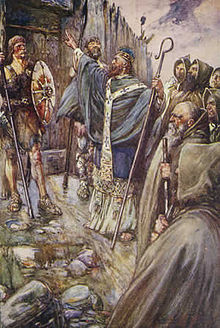 Ireland along with his nephew, Eochaidh, in approximately the year 566 AD. Baedan also became the Druid successor of his family, in which he was also placed under his kingdom that was one of the greatest ecclesiastical priest establishments ever at Iona, Scotland. After all, King Baedan’s father was Saint Brendan of Iona, who was brother of Fedhlimidh, who was father of St. Columba, and therefore Columba and Baedan were cousins. Through their fathers they were of the ancient Royal race of Judah known also as the ancient reigning family of Ireland called the Kings of Ulster. The priesthood branch of this family at Iona and elsewhere helped produce such illustrious books as the Book of Kells (Columba), and had their hand in rewriting the Greek bible and Old Testament into the New Testament.
Ireland along with his nephew, Eochaidh, in approximately the year 566 AD. Baedan also became the Druid successor of his family, in which he was also placed under his kingdom that was one of the greatest ecclesiastical priest establishments ever at Iona, Scotland. After all, King Baedan’s father was Saint Brendan of Iona, who was brother of Fedhlimidh, who was father of St. Columba, and therefore Columba and Baedan were cousins. Through their fathers they were of the ancient Royal race of Judah known also as the ancient reigning family of Ireland called the Kings of Ulster. The priesthood branch of this family at Iona and elsewhere helped produce such illustrious books as the Book of Kells (Columba), and had their hand in rewriting the Greek bible and Old Testament into the New Testament.
You will find various spellings of his name Bedan such as King Tech- Baoithin, Baithen, Baithin, Baithan, Baetin, Baitan Mor (“Baithen the Great”),which are some of the earlier Latin forms of the King’s name. Later in history when our language had changed over into Old English, so did the names. At that time, you will find this King called Boythan, Bothan, Bathan, Baeda, Beda, Baedan, and Saint Aidan, Aedh-og or Mo-Aedh-og who was Áed mac Ainmuirech , high-king of the Northern Uí Néill.
Tech- Baoithin was the original or uncorrupted form of the name Taugbboyne, and means “the house of Baithen (Baedan).” An analogous London case is Baedan-heal, or Bethnal Green, the manor- house of Baeda or Bede. The House of Baithen today is known as Mountbatten which is the family name originally adopted by a branch of the Battenberg family during World War I because of rising anti-German sentiment among the British public. Prince Philip of Greece and Denmark, the consort of now-Queen Elizabeth II, adopted the surname of Mountbatten from his mother’s family in 1947, although he is a member of the House of Schleswig-Holstein-Sonderburg-Glücksburg by patrilineal descent.
Hence, the Masonic Archons of the Tribe of Judah, and The Queen Archon’s Mon-Archy.
King Baedan was eventually removed from the throne by a competing Druid family by the name of Colman, son of Dermod who had also planned on murdering the king. Baedan had sought refuge with his Druid priests at Iona, which at the time was governed by his cousin, Saint Columba. But even here he was pursued and killed. Columba had considered the murder of one of his Brother Druids by Colman at the sacred island of Iona to be sacrilegious and he demanded justice in the form of an eye for an eye to avenge for Baedan’s death. Columba soon after raised a crusade which resulted in the death of Colman.
The Irish Annals record the death of Baedan MacCoirill, King of Ulster, in 580. In the Chronicon Scotorum, at the year corresponding with (520 A.D.—-“Murder of the family of Baedan in Magh Lecet [recte Magh Slecht] in the territory of Connaught—viz., Aillil, son of Baedan; Maelduin, son of Fergus, son of Baedan, and of Dicuil,” so that the race of Baedaii Mac Hy Muiredhach was nearly extirpated on this occasion.
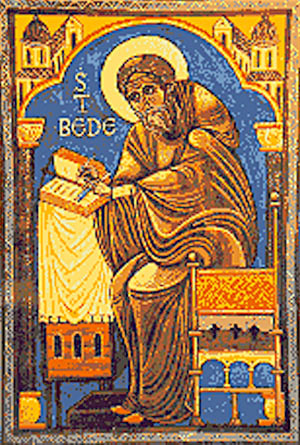 King Beadan’s son, who is known in Old Irish as Fiachnae mac Báetáin (died 626), also called Fiachnae Lurgan or Fiachnae Find, was king of the Dál nAraidi and High King of theUlaid in the early 7th century. There are also Bedas who made their way into England such as the hereditary successors of Baedan, who we know today as Saint Aidan (Baedan) of Lindisfarne who died in 651, and who is credited with restoring Christianity to Northumbria. He founded a monastic cathedral on the island of Lindisfarne, served as its first bishop, and is who I believe to be the biological father of Saint Bede or Beda of Northrumbia. Beda is the Father of English History, and Doctor of the Catholic Church who was said to live between the years 672-735.
King Beadan’s son, who is known in Old Irish as Fiachnae mac Báetáin (died 626), also called Fiachnae Lurgan or Fiachnae Find, was king of the Dál nAraidi and High King of theUlaid in the early 7th century. There are also Bedas who made their way into England such as the hereditary successors of Baedan, who we know today as Saint Aidan (Baedan) of Lindisfarne who died in 651, and who is credited with restoring Christianity to Northumbria. He founded a monastic cathedral on the island of Lindisfarne, served as its first bishop, and is who I believe to be the biological father of Saint Bede or Beda of Northrumbia. Beda is the Father of English History, and Doctor of the Catholic Church who was said to live between the years 672-735.
Not much was written about his family, other than the fact they were “allegedly unknown,” and it is said he was literally dropped of by his parents to live in a monastery at age 7 where he lived, learned, taught and had written many books until his death. It makes perfect sense that Saint Beda was the son of Saint Aidan (Baedan), and they would all descend from the Irish High Kings and Druid ancestors, and this history would be concealed due to this fact until now. Beda is also the only author to write on the history of Saint Aidan.
Since the European Bedas were a long family line of druids, kings, priests, saints and writers whose roles were hereditary, it only makes sense that the they would continue this tradition wherever the Bedas would call home. This fact can be found in Ireland, Scotland, England, France, Germany, Spain and now here in the United States.
There are many of Bedas of Ireland recorded in the early history of Ireland who descended from King Baedan. In fact, it could make another article or book. For example, names such as Saint Baedan, son of Brendan (Brenainn, abbot of IaCholuim-Cille, died, 595. Baedan (Bactan Mac-Ua-Cormaic), abbot of Cluain-micNois, died, 663; Baedan, bishop of Inis-Bo-finne, died, 711; Baedan, of Cluain-tuaisceirt, died, 804; and Baedan, abbot of Birra, died, 926.
Their story would not end in Ireland or England either…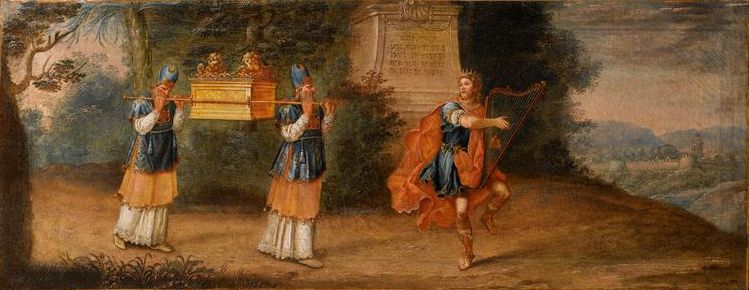
This specific Beda tribe of Ireland who were Saint Beda in his 9th century book titled, Ezra and Nehemiah said, “allegorically, the Levites represent those attached to the Catholic Church.” Who has always been known as the Universal Brotherhood, and why this tribe has spread its wings around the globe via the Twelve Apostles of Ireland.
The meaning of Levite we can find in the root word in Hebrew that means “to join,” to “‘ bind ” (see Lui-than “snaky-monster “) and “joined” or “attached to”–see Genesis 29:34, and also Numbers 18:2, 4 (Hebrew text). This word, says Professor Goldziher, “is but an expanded form of Lui, a serpent,” just as nahash-than, the name applied to the Levitical brazen serpent of the temple, is of nahash, any oracular serpent, as that of Eden. The serpent Nehushtan (” snake monster”) was worshiped in the Jerusalem temple (2 Kings xviii, 4) with incense, and was traditionally said, about 726 B.C., to be the copper, or bronze, serpent-symbol made by Moses in the desert.
Let us not forget that we now find in Freemasonry both Boaz and Jachin that are said to be two copper, brass or bronze pillars. Now you have a clue as to where we might find some of the Levites today.

Moe is the founder of GnosticWarrior.com. He is a father, husband, author, martial arts black belt, and an expert in Gnosticism, the occult, and esotericism.

